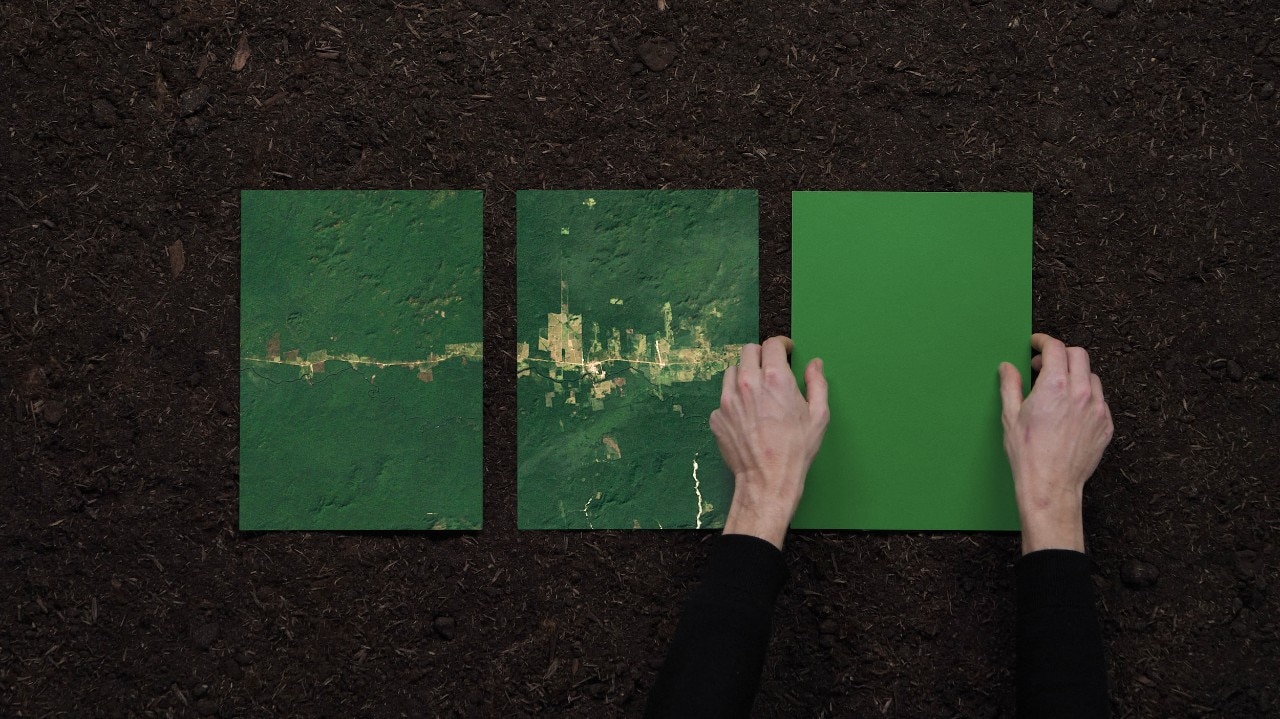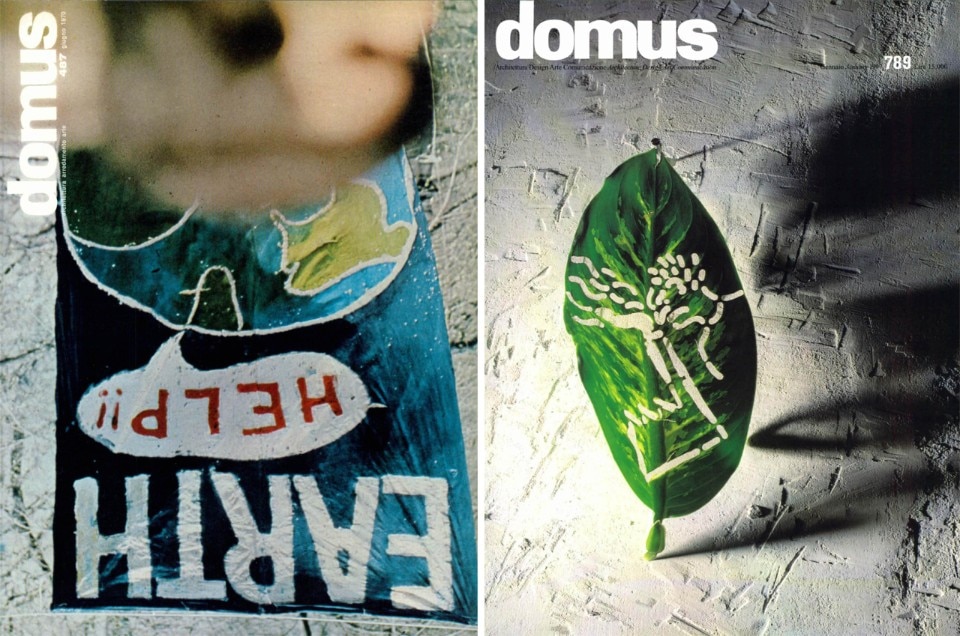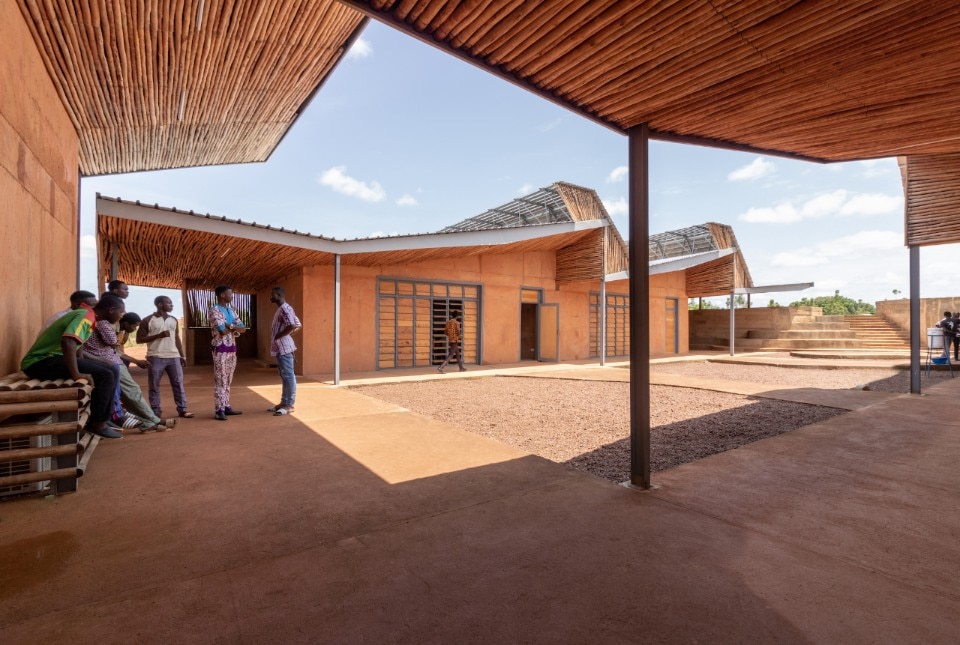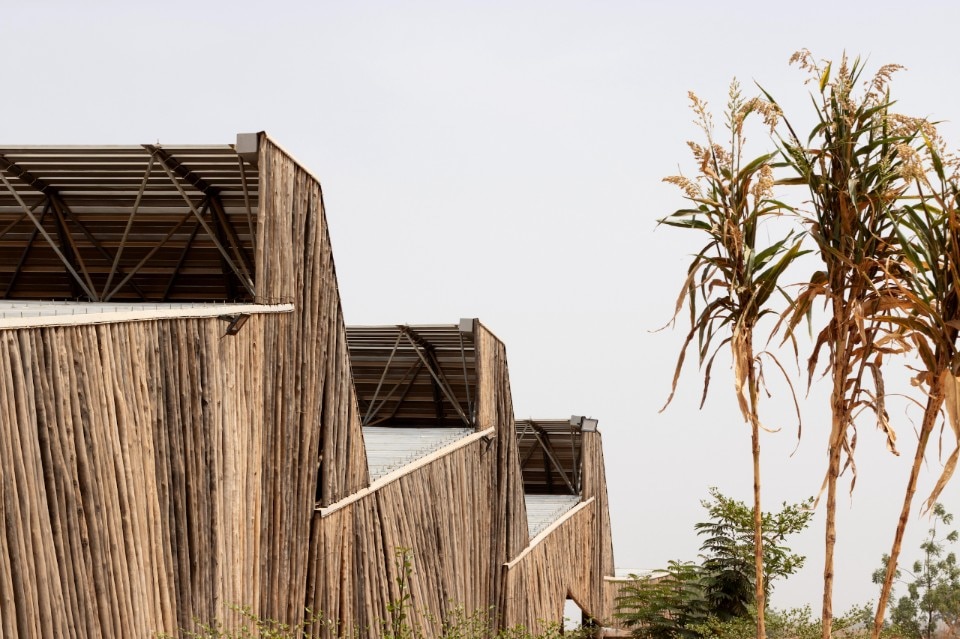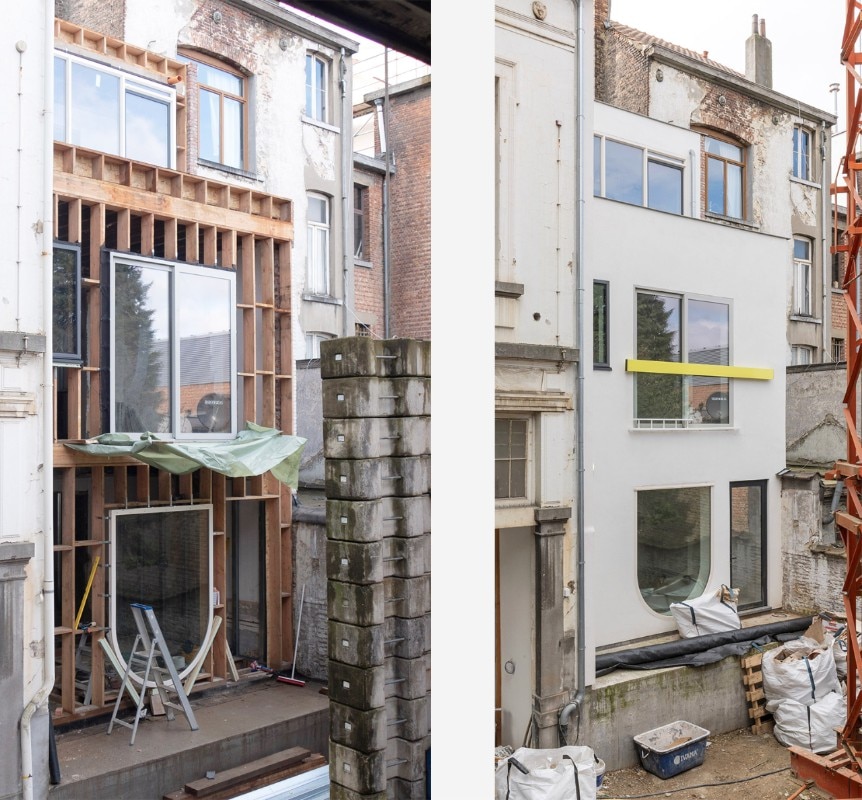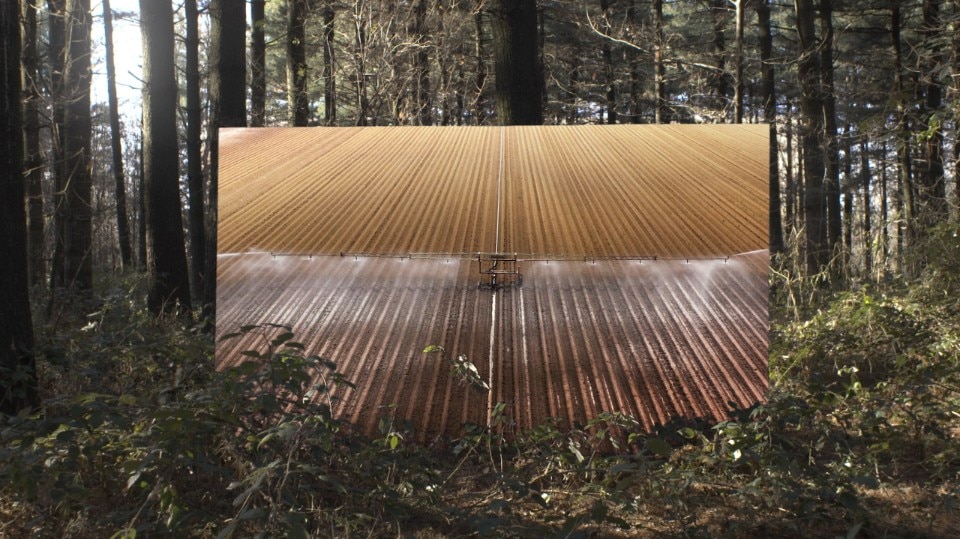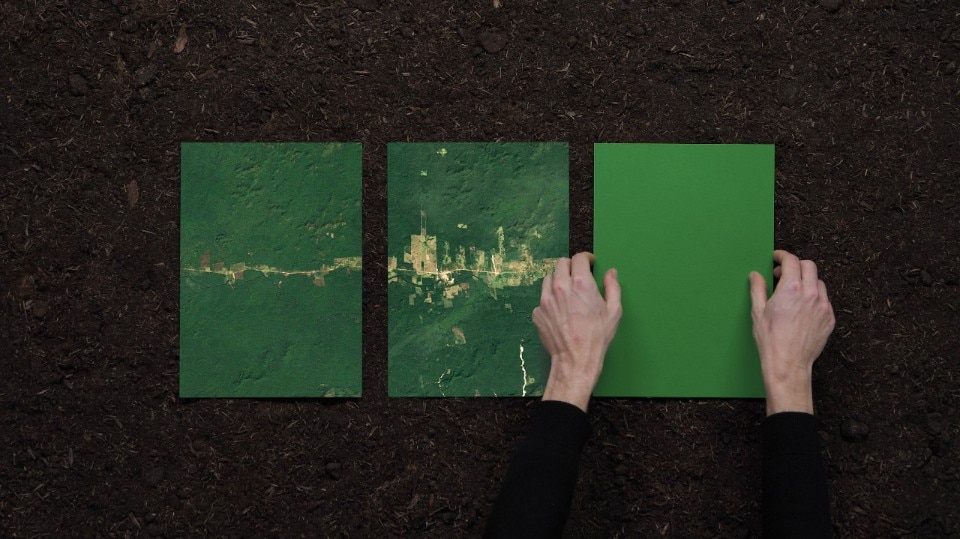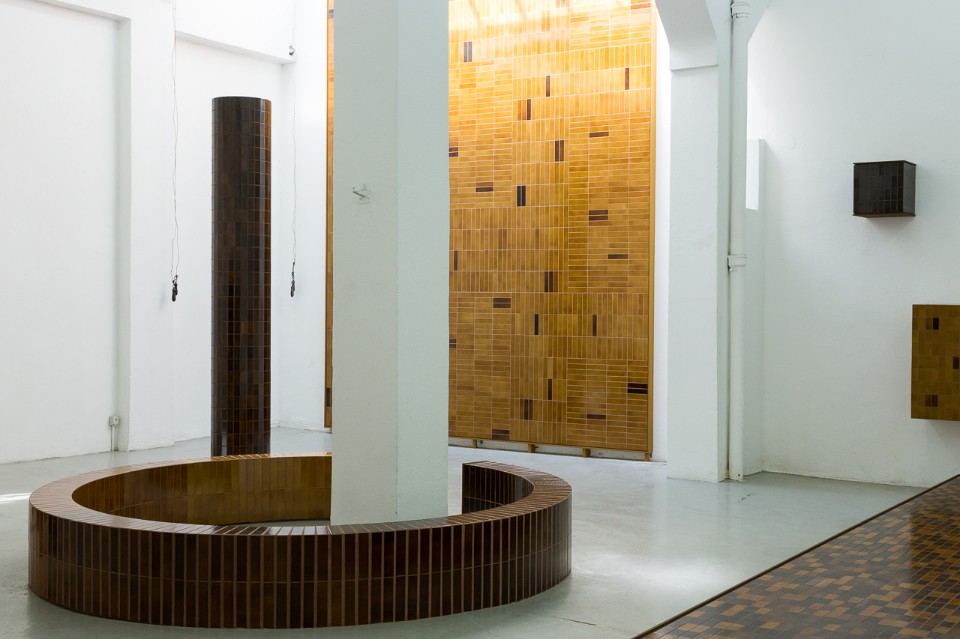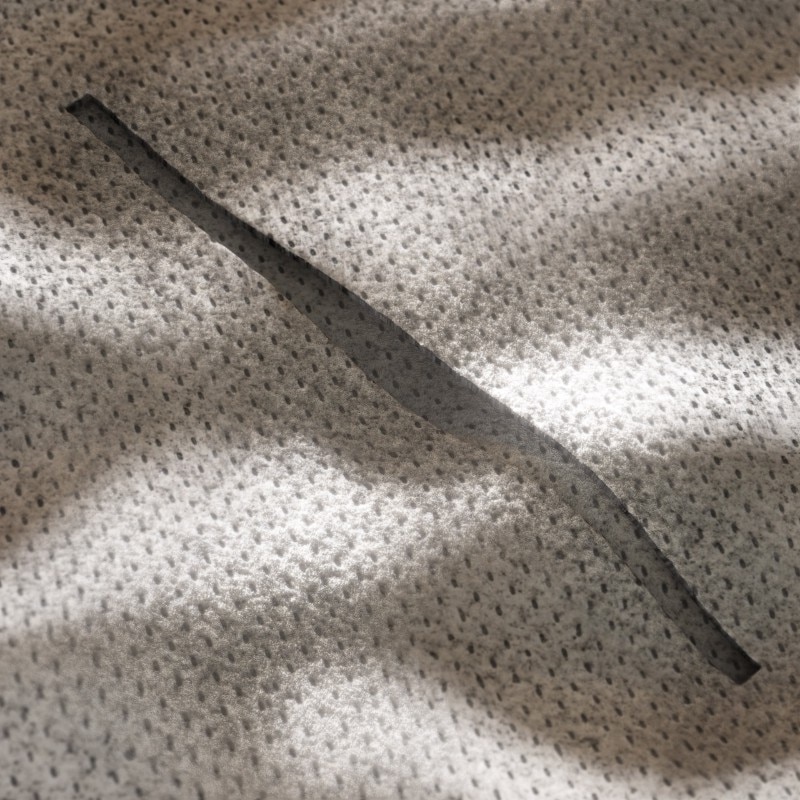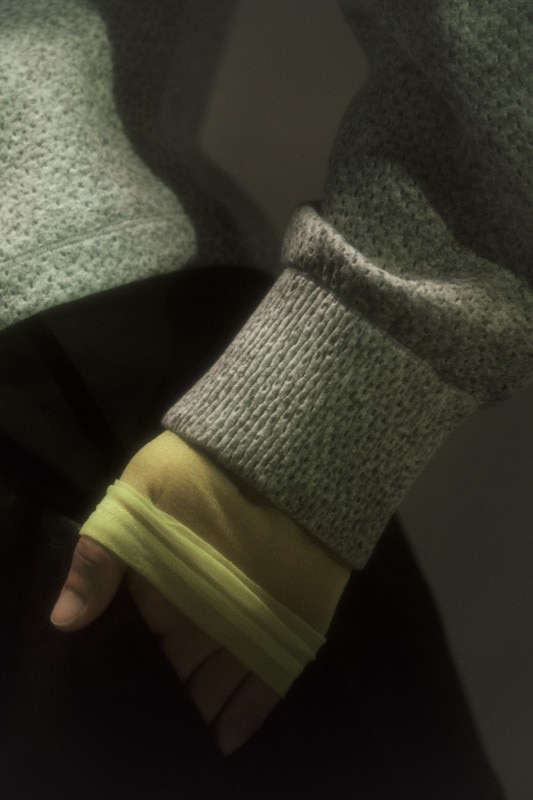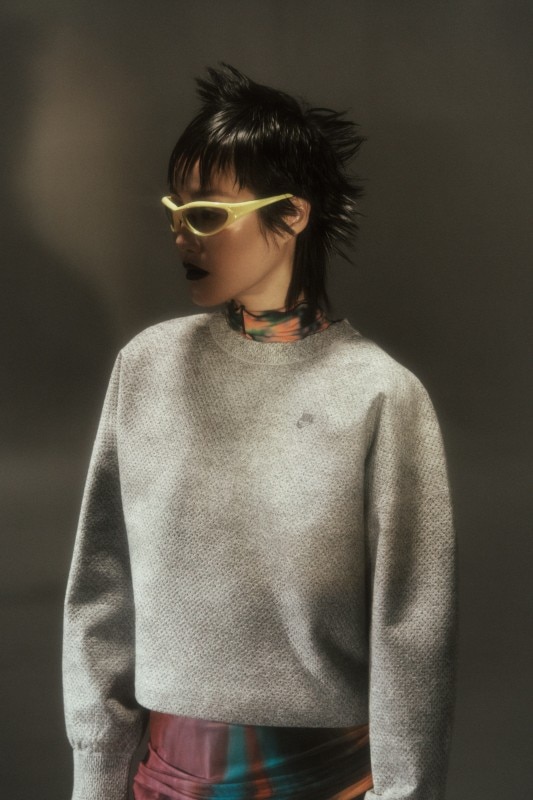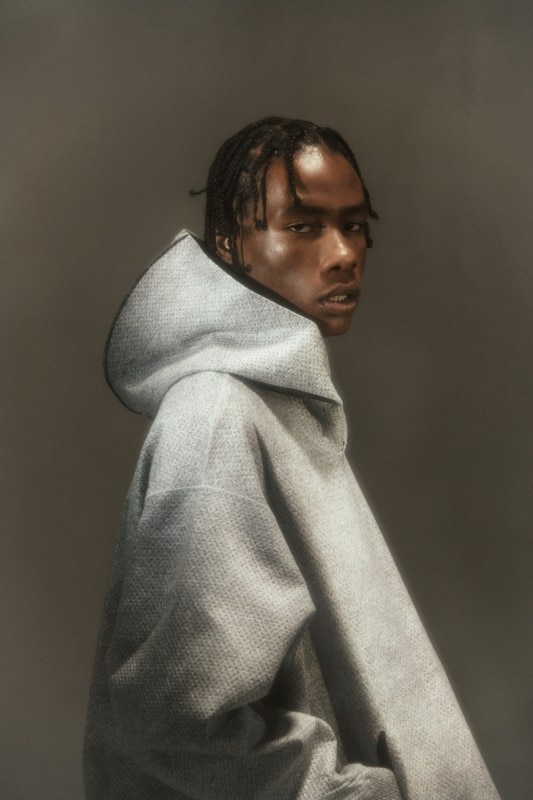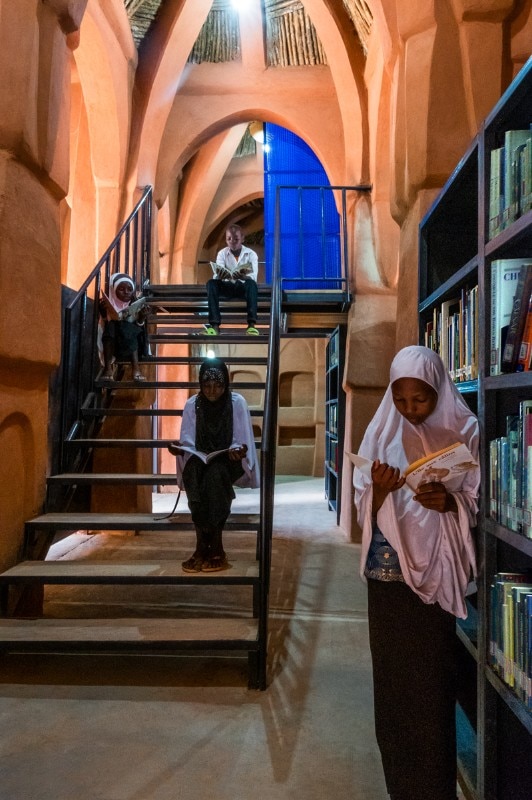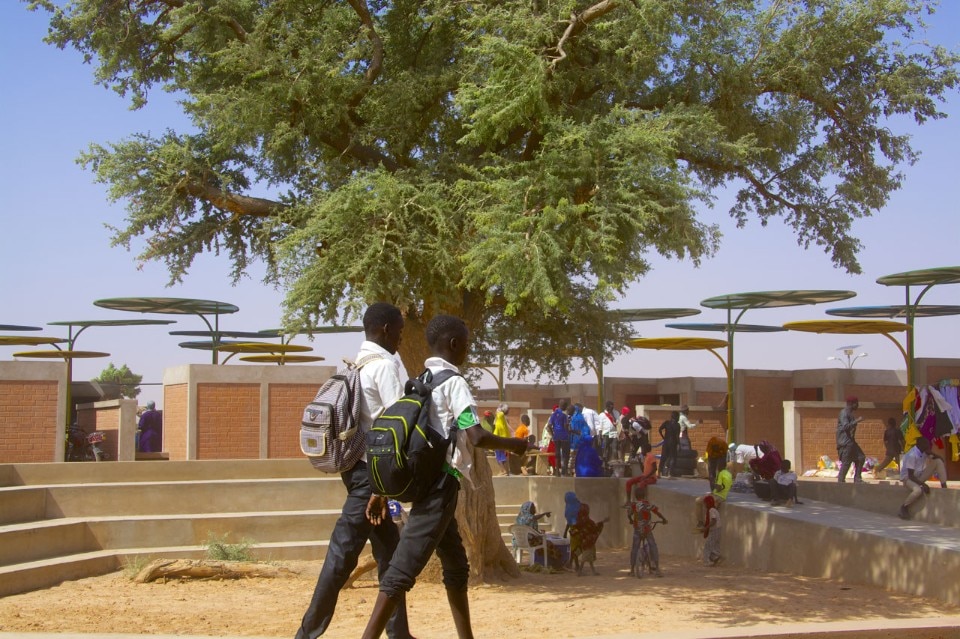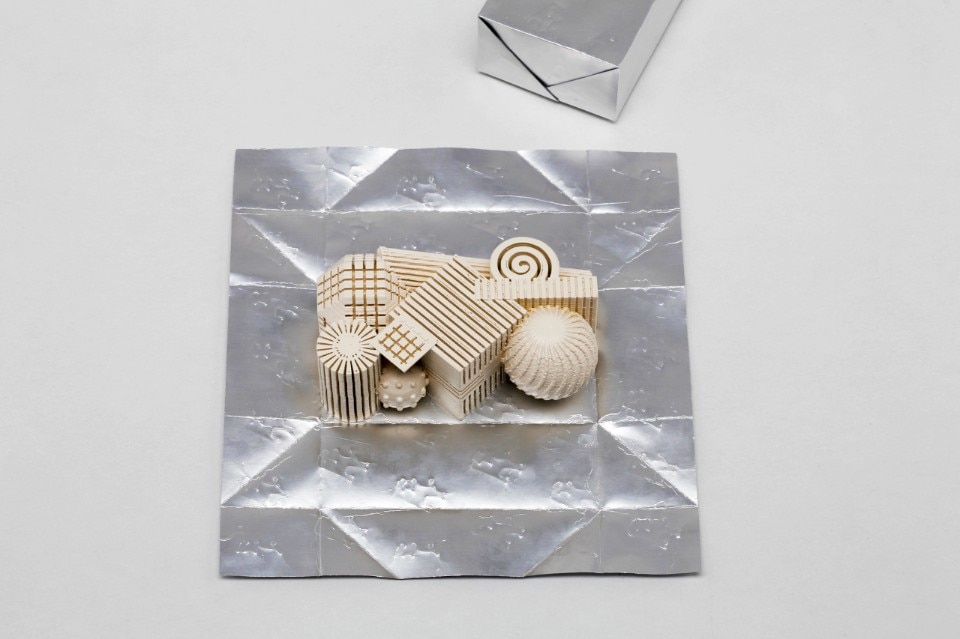Like many other concepts, sustainability is also a matter of words. Many have been the designers who discussed it with Domus, while presenting the projects that shaped their words. Such uninterrupted dialogue first began when the design discourse first introduced the topic of ecology decades ago, and it still continues today. Design is therefore shaped through the concept of sustainability, intercepting all the research projects committed to improving our symbiotic existence with the planet.
We’re going in the direction of a more and more socialist society, a society more and more responsible for its neighbour, and one that is increasingly concerned with the hundreds of problems of our lives, from ecology right to social welfare. If the artist refuses to know this structure, he will withdraw into a reactionary position.
Christo, Domus 549, august 1975
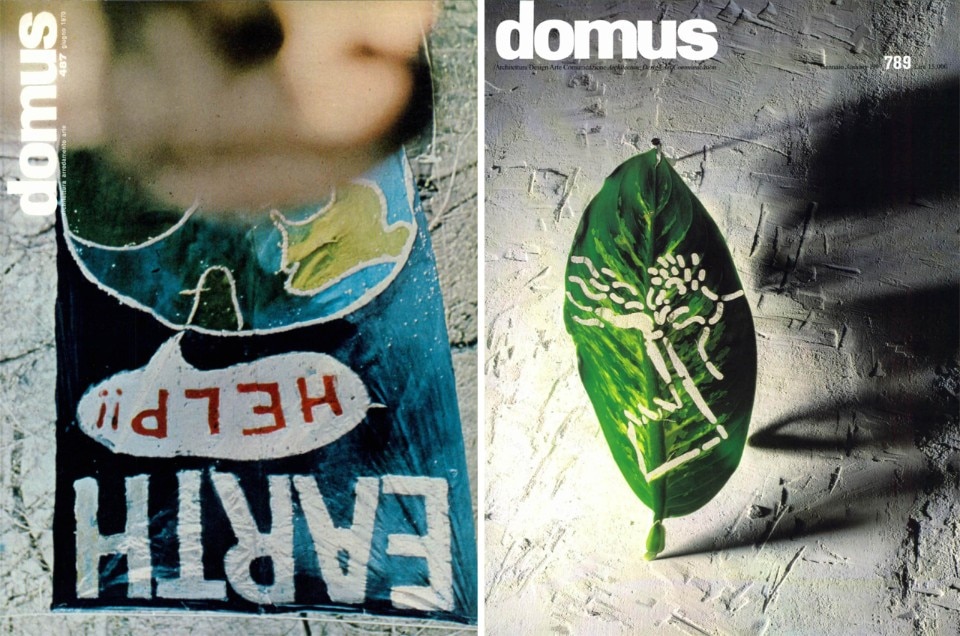
A comprehensive view
The sustainability of design now stands as the overall and broader sustainability of the project. A truly holistic concept where it becomes difficult to separate disciplines and scales of action: sustainability relies on matters of process and relationships rather than on the object itself.
As stated by Francis Kéré, the architect winner of the Pritzker Prize 2022, “Everyone deserves quality, everyone deserves luxury, and everyone deserves comfort. We are interconnected, and concerns about climate, democracy, and scarcity are concerns for all of us”.
Similarly, also the words of previous Pritzker winner Norman Foster extend this matter to the city: “Our ever growing connectivity through technology must be used to make spaces and cities smarter for people, and to create homes that make dwellers feel comfortable and dignified – no matter what their social status – and [...] to never feel lonely again.”
Everyone deserves quality, everyone deserves luxury, and everyone deserves comfort. We are interconnected, and concerns about climate, democracy, and scarcity are concerns for all of us.
Francis Kéré
When discussing pragmatically the making of projects, the main association with the concept of sustainability comes in the form of materials. “Producing with less is one of the most serious and concrete factors for defining sustainability or design intelligence, as I prefer to call it. The most correct approach is to minimise the quantity of materials used and maximise the use of modules,” explained Piero Lissoni in 2015 on Domus Green 994, also introducing another operational mantra of sustainable design and architecture: reuse, reduce, recycle.
“While many people feel that it makes more sense to repurpose than to throw away, our society, the market and the legal frameworks are telling us the opposite,” point out the Belgian group Rotor, who made this approach the core of their designing mindset. “Reuse is an easy word to explain it, but it is not an end unto itself”, they say.
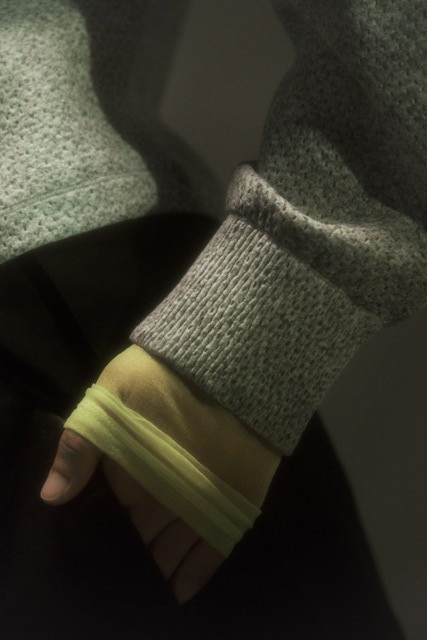
The responsibilities of those producing
With John Hoke, Chief Design Officer at Nike, Domus discussed how sustainability is approached by a big company trying to make the difference.
“We are here to protect sport, ultimately, which is played on the Earth. Protecting pitches, and tracks, that really matters. With a big company like ours we have scale as an opportunity to make systemic change. We make incremental and exponential changes in material, manufacture processes and design and over time that has cumulative effects. We are our own critics and we are trying to make an impact by making change.”
Nike Forward, the Swoosh’s latest technology and platform, was indeed born from a proficuous dialogue with the athletes, and after a 5-year long trial and research stage where science and design met in a synergetic relationship to innovate the industry while rescuing the environment. According to Hoke, design is in fact made of “form, function, footprint, beauty and emotion”.
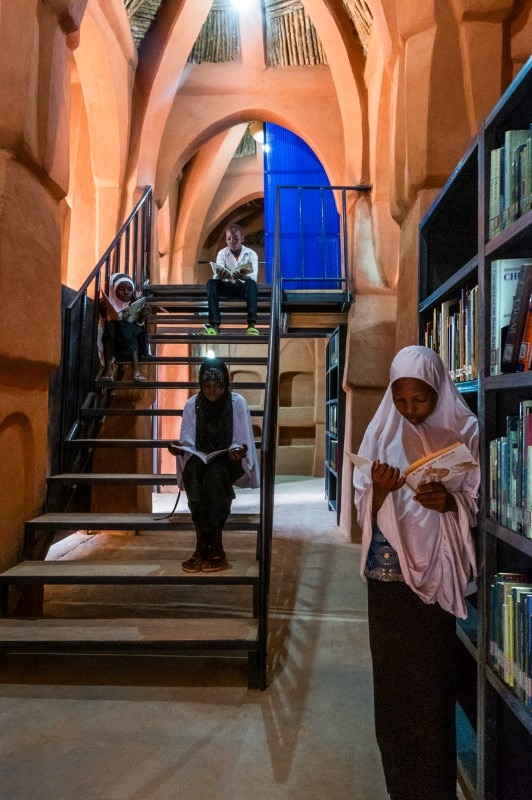
Sustainability is social
A development of such an operational approach, which is able to defeat the prejudice of greenwashing, is nonetheless possible when backed by a broader philosophy that can detach itself from the detail of technical solutions and look at the bigger picture.
“The word ‘sustainability’ doesn’t sound good anymore because it ended up becoming technology, referring to all these really fancy things, like solar panels and so on, that are not actually sustainable for the rest of the world,” explains Niger architect Mariam Kamara. "I like to think of sustainability in terms of 'sustaining people': by sustaining people you are alike to sustain the environment as well."
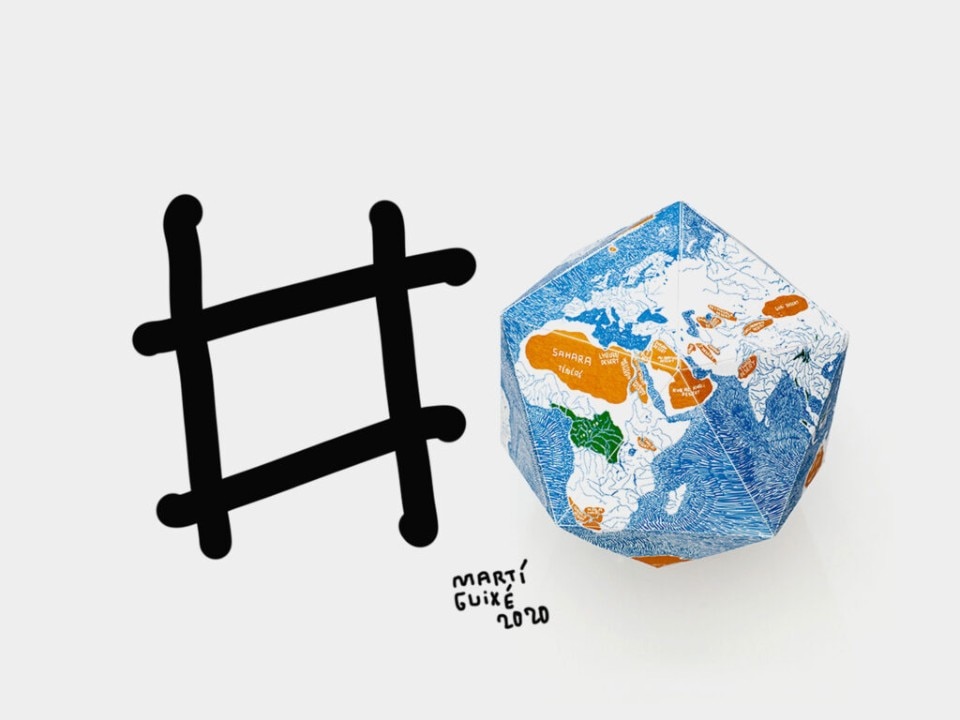
Sustainability as utopia
The term “generosity” can be extended not only to a transformation of our relationship with the planet and the human beings, but also to the overall concept of “nature” itself. That’s what Emilio Ambasz, architect and MoMA’s design curator from 1969 to 1975, pointed out.
“Building inevitably changes Nature as found and turns it into a human-made nature. The goal should be to reduce and, if possible, to compensate for our intrusion in the Vegetal Kingdom.”
Bruce Sterling said that the greenest person on the planet was his grandfather because he was dead, buried and becoming compost.
Martí Guixé
For the younger generations sustainability comes with an even higher stake. As the designer duo Formafantamsa anticipated to Domus ahead of “Cambio”, their 2020 exhibition at the Serpentine Galleries, London, “sustainability is a strong utopia because it goes beyond modernity. It’s remote from twentieth-century culture and fully inserted in our new way of understanding our relationship to nature. [...] Contemporary civilisation has a growing awareness that we can continue to live only if we work together with other living beings. As designers, but above all as human beings. We have to take care not only of ourselves, but all the other species on the planet. ”
To practice sustainability is a radical act, and it is our choice to choose to what extent we push ourselves when practicing it. Towards such a direction, contrary to others, there are no limits. After all, as Catalonian designer Martí Guixé observed when talking to Domus, “Bruce Sterling said that the greenest person on the planet was his grandfather because he was dead, buried and becoming compost.”
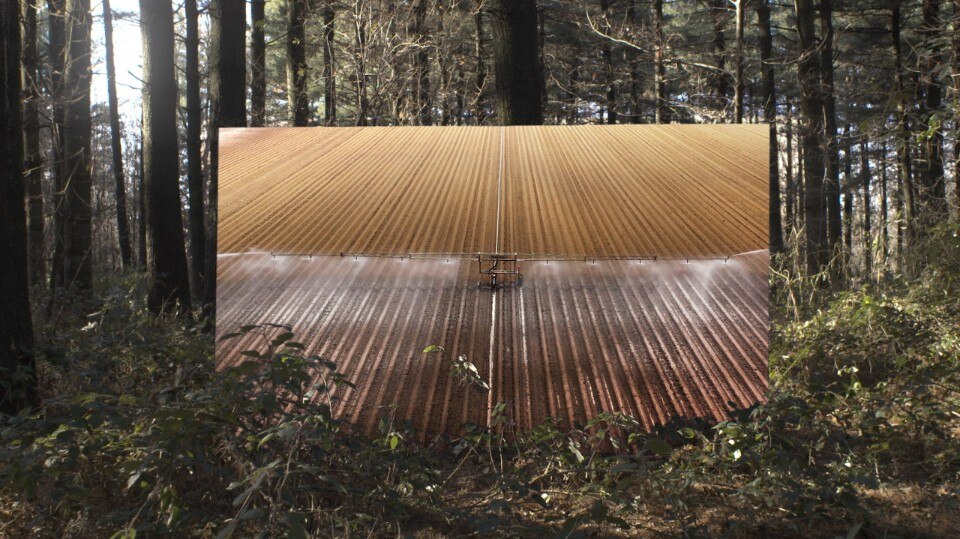
Opening image: Formafantasma. Seeing the Wood for the Trees, Cambio, 2020.


